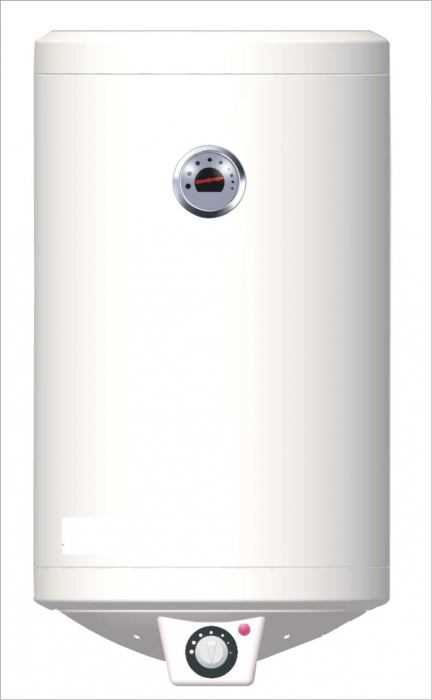How to read electrical circuits, or Anatomy of symbols and special symbols
In this age of total electronics and electrificationdifferent equipment that uses current in its work, has become not only the affiliation of large enterprises and energy networks, but also home appliances. In this connection, the question of how to read electrical circuits is of interest to very many. Understanding the basic principles of circuit design, electrical processes in them, and standard graphic designations, you can easily read almost any drawing of this kind.

Before reading the electrical diagrams,it is necessary to get a good understanding of their structure and principles of construction. And then even the most complicated and intricate scheme will no longer seem to be simply a meaningless set of "cabbalistic symbols" and ornate patterns. And the question of how to read the electrical circuits, will pass into the category of solved.
All graphic symbolsa rather simple form of inscription is characteristic. They, if possible, contain the most characteristic features and characteristics of each component, which greatly facilitates their memorization. The conventional designations do not reflect the dimensions of the element, but only its type and some technical characteristics. Understanding these wisdoms, you will take the first step to answering the question of how to learn how to read electrical circuits.

It is also necessary to know that all symbols inCertain alphanumeric abbreviations, which display some parameters of these schema elements, are mandatory. A separate subject is a variety of lines that symbolize electrical wiring. The following types of lines are mainly used:
- thick solid shows wires, cables, buses, windings, resistors, capacitors, etc .;
- A solid double thickened line denotes cores and connections to the body;
- dashed thick - displays the grid of various electronic devices;
- dashed thin - depicts lines of mechanical connection and screening on electrical circuits.
Knowing the meaning of the above notation canplay a key role in answering the question of how to read the electrical circuits. However, the subtleties of conditional alphanumeric abbreviations are no less important, which according to the rules are written in the form of a certain sequence of letters, numbers and symbols in one line without spaces. The position designation often consists of three parts: the type of the element, its number and the function to be performed.

The letter codes of element types are groups,which are given certain meanings. They can be one- or two-letter. All their meanings are detailed in the technical documentation and special reference literature, where all the parameters of the elements that are represented on the diagrams by this symbol are very expanded. By the way, if you are interested in how to read the electrical diagrams of a car, you can be sure that for them this principle remains unchanged, since almost all documents of this kind are compiled according to a single standard.
True, not everything is so simple. There are many special schemes in which it is sometimes difficult to understand even professionals. There is little knowledge of conventional symbols. It is necessary to understand all the intricacies of this device. To understand and memorize symbols and alphanumeric abbreviations is not difficult, but they can give an idea only about the device device, but not about its principle of operation. To do this, we need at least a minimal theoretical basis.
</ p>>






